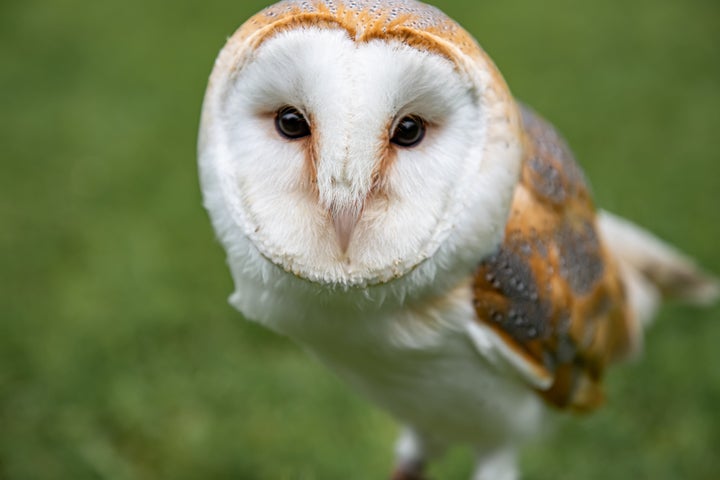
Love them or loathe them, owls are giants in British birds and with good reason — these birds have calls that can be heard from half a mile away and, conversely, can spot prey from up to half a mile away, too!
However, one thing I’ve never been able to get my head around (pun intended) is why owls can spin their heads, and why they would even need to. I love owls but will admit that I think this is the stuff of nightmares.
Audubon explained: “Owls can rotate their necks 270 degrees. A blood-pooling system collects blood to power their brains and eyes when neck movement cuts off circulation.”
As for their eyeballs? Not actually balls.
This is how owls eyes actually work
Yep, their eyes aren’t balls. In fact, they’re actually more tube-like. According to The Barn Owl Centre: “An owl’s eyes are large in order to improve their efficiency, especially under low light conditions.
“In fact, the eyes are so well developed; that they are not eyeballs as such, but elongated tubes. They are held in place by bony structures in the skull called Sclerotic rings.”
This means that owls can’t roll or even move their eyes and in order for them to see anything that isn’t directly ahead of them, they have to do their oh-so-impressive head rolls.
While we may think owls can turn their heads all the way around, they can actually rotate them 270 degrees (three quarters of a full circle) in either direction, plus 90 degrees up and down.
Additionally, owls have extra eyelids. According to the American Bird Conservancy, this is so that when owls swoop to their prey, their eyes are protected from any debris that may come their way.
While their eyes look massive from the outside, they’re actually so huge internally that you can see their eyes through their ears in what is nothing less than a truly iconic move by nature, to be honest.